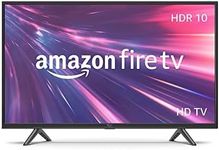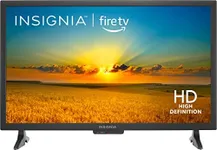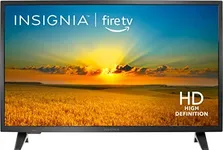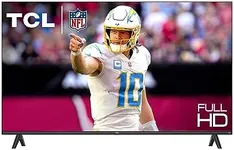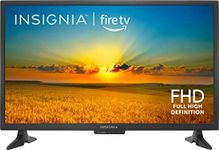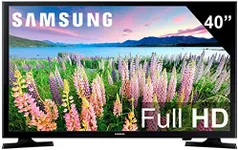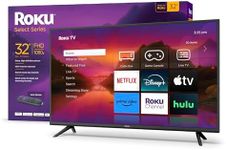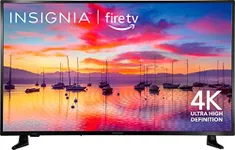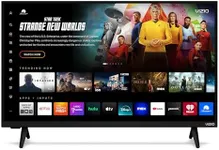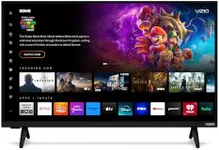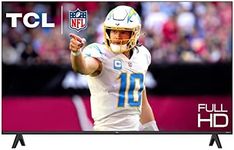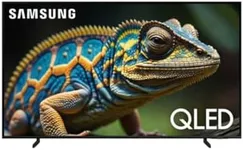Buying Guide for the Best Small Smart Tv
Choosing the right small smart TV can greatly enhance your viewing experience, whether you're looking for a secondary TV for your bedroom, kitchen, or a compact living space. It's important to consider various specifications to ensure you get the best fit for your needs. Here are some key specs to look out for and how to navigate them.Screen SizeScreen size is measured diagonally from corner to corner and is typically expressed in inches. For small smart TVs, common sizes range from 24 to 43 inches. The right size for you depends on where you plan to place the TV and how far you'll be sitting from it. If it's for a small room or close-up viewing, a smaller screen (24-32 inches) might be ideal. For slightly larger spaces or if you want a more immersive experience, consider a screen size of 32-43 inches.
ResolutionResolution refers to the number of pixels that make up the picture on the screen. Higher resolution means more pixels and a clearer, sharper image. Common resolutions for small smart TVs are HD (720p), Full HD (1080p), and 4K (2160p). If you want a basic TV for casual watching, HD might suffice. For better picture quality, especially if you watch a lot of movies or sports, Full HD is a good choice. If you want the best picture quality and future-proofing, go for 4K.
Smart FeaturesSmart features refer to the TV's ability to connect to the internet and run apps like Netflix, YouTube, and other streaming services. Look for a TV with a user-friendly interface and access to the apps you use most. Some TVs come with voice control and compatibility with smart home devices, which can be convenient. Consider what smart features are important to you and ensure the TV supports them.
ConnectivityConnectivity options include HDMI ports, USB ports, and wireless capabilities like Wi-Fi and Bluetooth. HDMI ports are essential for connecting devices like gaming consoles, Blu-ray players, and soundbars. USB ports can be useful for playing media from external drives. Wi-Fi and Bluetooth allow for wireless streaming and connecting to other devices. Think about what devices you plan to connect to your TV and ensure it has the necessary ports and wireless capabilities.
Sound QualitySound quality is important for an immersive viewing experience. Small smart TVs often have built-in speakers, but the quality can vary. Look for TVs with good sound reviews or consider getting a soundbar for better audio. If you watch a lot of movies or shows with rich audio, investing in good sound quality is worthwhile. For casual viewing, built-in speakers might be sufficient.
Refresh RateRefresh rate is the number of times the TV refreshes the image on the screen per second, measured in Hertz (Hz). Common refresh rates are 60Hz and 120Hz. A higher refresh rate can result in smoother motion, which is important for fast-paced content like sports and action movies. If you primarily watch regular TV shows and movies, 60Hz is usually fine. For gaming or sports, consider a TV with a higher refresh rate.
